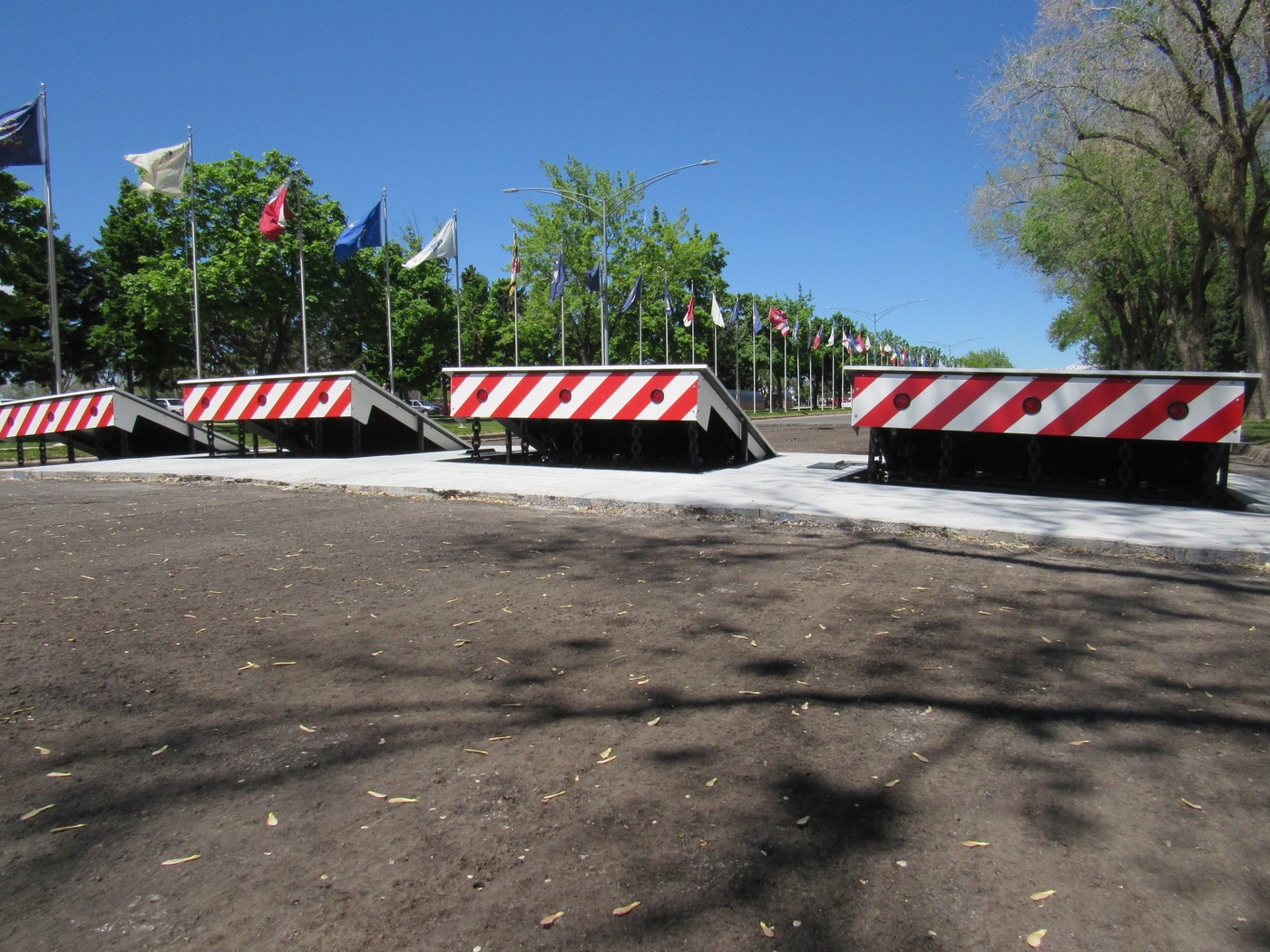How Wedge Barriers can Save You Time, Stress, and Money.
Some Of Wedge Barriers
Table of ContentsHow Wedge Barriers can Save You Time, Stress, and Money.A Biased View of Wedge Barriers

Getting The Wedge Barriers To Work
The continuing to be pressure used to
the cam web cam deploy release wedge plate 16 may might provided offered an electromechanical actuator 84 or other actuator. The spring assembly 54 and the actuator 84(e. Wedge Barriers. g., electromechanical actuator)may run together to equate the webcam and lift the wedge plate 16.
As pointed out over, the springtime assembly 54 exerts a constant force on the webcam, while the electromechanical actuator may be regulated to exert a variable pressure on the web cam, consequently allowing the lifting and decreasing( i. e., deploying and pulling back )of the wedge plate 16. In specific embodiments, the constant force used by the spring assembly 54 might be flexible. g., electromechanical actuator) is impaired. As will certainly be valued, the spring setting up 54 might be covered and shielded from particles or various other aspects by a cover plate(e. g., cover plate 68 received FIG. 4) that may be significantly flush with the elevated surface area 38 of the structure 14. As pointed out above, in the deployed setting, the wedge plate 16 offers to block access or travel past the obstacle 10. For example, the barrier 10(e. g., the wedge plate 16 )might obstruct pedestrians or automobiles from accessing a home or pathway. As gone over above, the obstacle 10 is connected to the anchor 30 safeguarded within the structure 14,

front brackets 71. As a result, the link assemblies 72 may pivot and revolve to make it possible for the collapse and expansion of the linkage assemblies 72 during retraction and deployment of the bather 10. The link assemblies 72 reason motion of the wedge plate 16 to be limited. For instance, if a lorry is taking a trip towards the released wedge plate 16(e. For instance, in one situation, the safety and security legs 86 might be expanded throughoutmaintenance of the barrier 10. When the security legs 86 are deployed, the safety legs 86 sustain the weight of his response the wedge plate 16 versus the surface 12. As a result, the training system 50 may be deactivated, serviced, gotten rid of, changed, etc. FIG. 5 is partial viewpoint view of a personification of the surface-mounted wedge-style barrier 10, highlighting the web cam 80 and the webcam surface areas 82 of the training device 50. Especially, 2 webcam surfaces 82, which are referred to as lower webcam surface areas 83, are placed below the web cam 80. The reduced webcam surface areas 83 may be repaired to the surface area 12 (e. For instance, the lower web cam surfaces 83 and the mounting plate 85 might develop a single item that is secured to the support 30 by bolts or various other mechanical fasteners. Additionally, 2 cam surface areas 82, which are referred to as top cam surface areas 87, are positioned above the cam 80 and paired to (e. In other personifications, stepping in that site layers or plates might be positioned in between the surface 12 and the reduced cam surface areas 83 and/or the wedge plate 16 and the upper camera surface areas 87 As discussed over, the webcam
80 converts along the cam surface areas 82 when the wedge plate 16 is raised from the withdrawed placement to the deployed setting. Additionally, as pointed out above, the springtime assembly 54 (see FIG. 3 )might provide a pressure acting on the camera 80 in the direction 102 via spring rod 58, which may lower the pressure the electromechanical actuator 84 is needed to relate to the web cam 80 in order to actuate and lift the wedge plate 16. 1 )to the deployed placement(see FIG. 4). As shown, the camera 80 consists of track wheels 104(e. g., rollers), which contact and equate find out along the web cam surfaces 82 during operation.